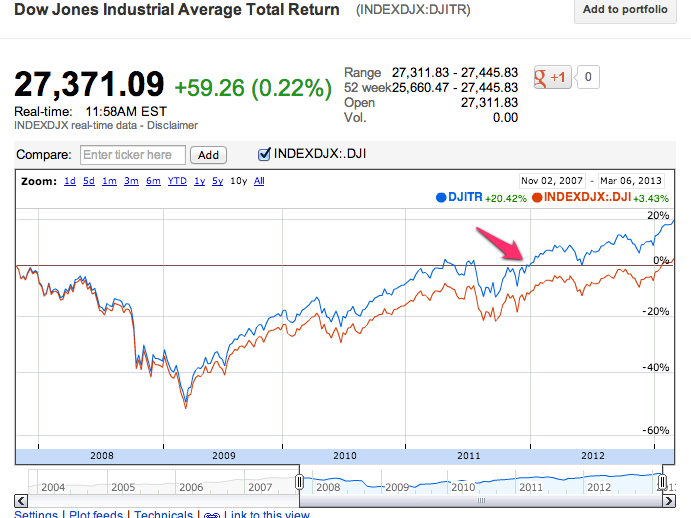OK - before I get in to this post - I should say that in full disclosure, I am a member of the Sierra Club - I think it is a great organization and I support a lot of their work, but
this article that appeared on the "Green Alpha" blog - housed on the Sierra Club website is, quite frankly, a load of ...
Ok - let me back up a bit.
Green Alpha is a socially responsible fund management firm started by the Sierra Club to offer environmentally friendly investment options. Depending on which product you invest in, you can pay 1-2% management fees (ouch!).
Back to the article - the author claims that investing in fossil fuel companies is a bad idea - from an investment standpoint. Now I get that the Sierra Club thinks that reliance on fossil fuels is bad for the environment - but are they also bad for your wealth?
If Green Alpha claims that as a socially responsible fund, that they should not invest in fossil fuels - then that's fine, although I do note that they invest in Google, which, in 2011, used as much electricity as would be needed to
power 200,000 homes. But that's a debate for another day.
No, the reason green alpha thinks we shouldn't buy energy stocks is because they argue that Modern Portfolio Theory advocates a portfolio that is better suited to the 1950s than today.
Modern portfolio theory’s asset allocation models were made for and reflect a world where fossil fuels were the only imaginable primary power source.
This is utterly wrong. MPT's asset allocation models were not made for any specific world. Heck they'd work in a world where all power came from solar, wind or butterfly burps. Modern Portfolio Theory states that the efficient portfolio is based on balancing the volatility and expected returns of all available investable assets. The net result is that the weighting of each asset class in the "optimal portfolio" is that asset's market value. MPT says nothing about green energy, or fracking, or hybrid cars.
To argue that MPT is somehow flawed is really a feeble attempt to justify an investment strategy that only invests in a subset of assets and then charges very high fees for doing so.
By investing in a subset of stocks, you are going to increase your risk without getting a corresponding increase in return. In effect, you are giving up some diversification. This might make you feel better about yourself, but it won't help the Polar bears, and it certainly won't help your retirement portfolio. On top of that, you are likely to pay way too much in fees for this suboptimal portfolio.
My advice: If you care about the environment - index (and yes, hold energy stocks), but bike to work from time to time, turn down your thermostat a bit and even donate to the Sierra Club.
